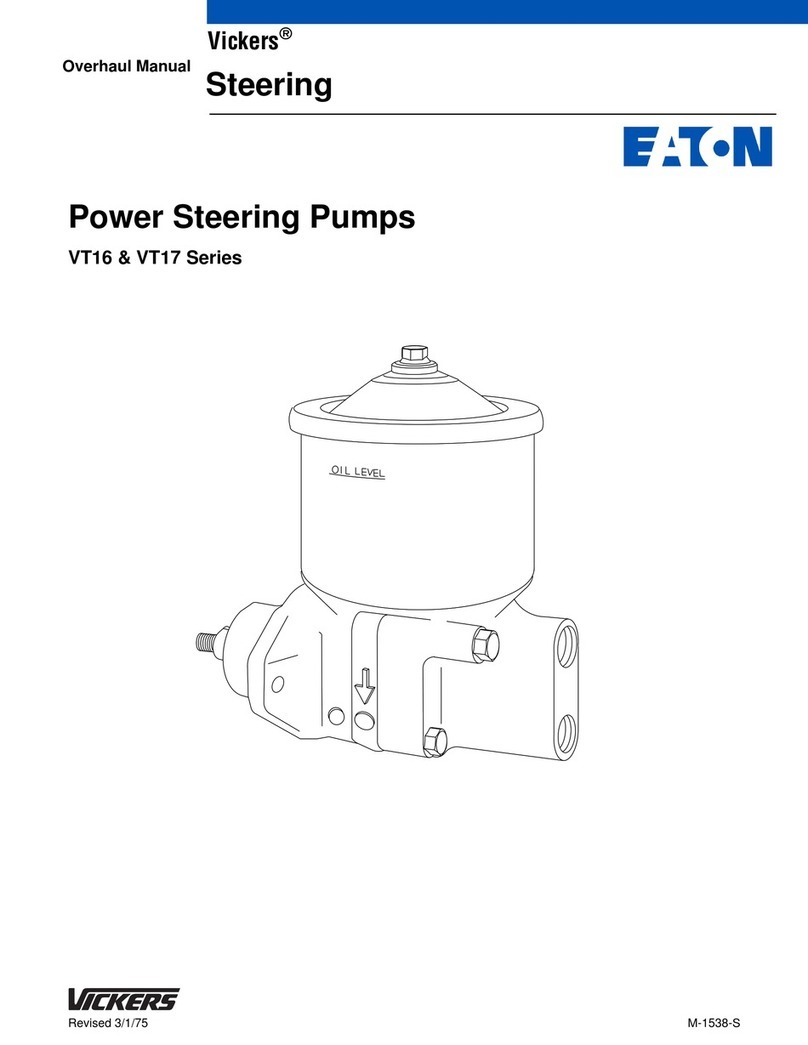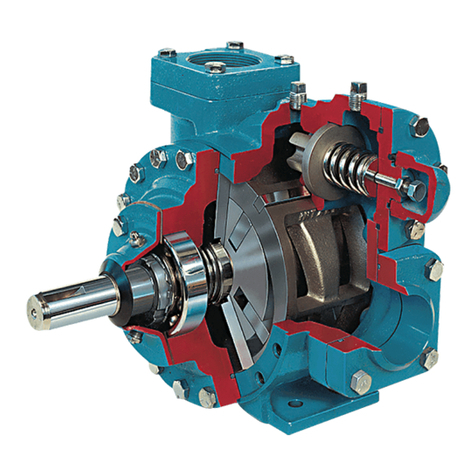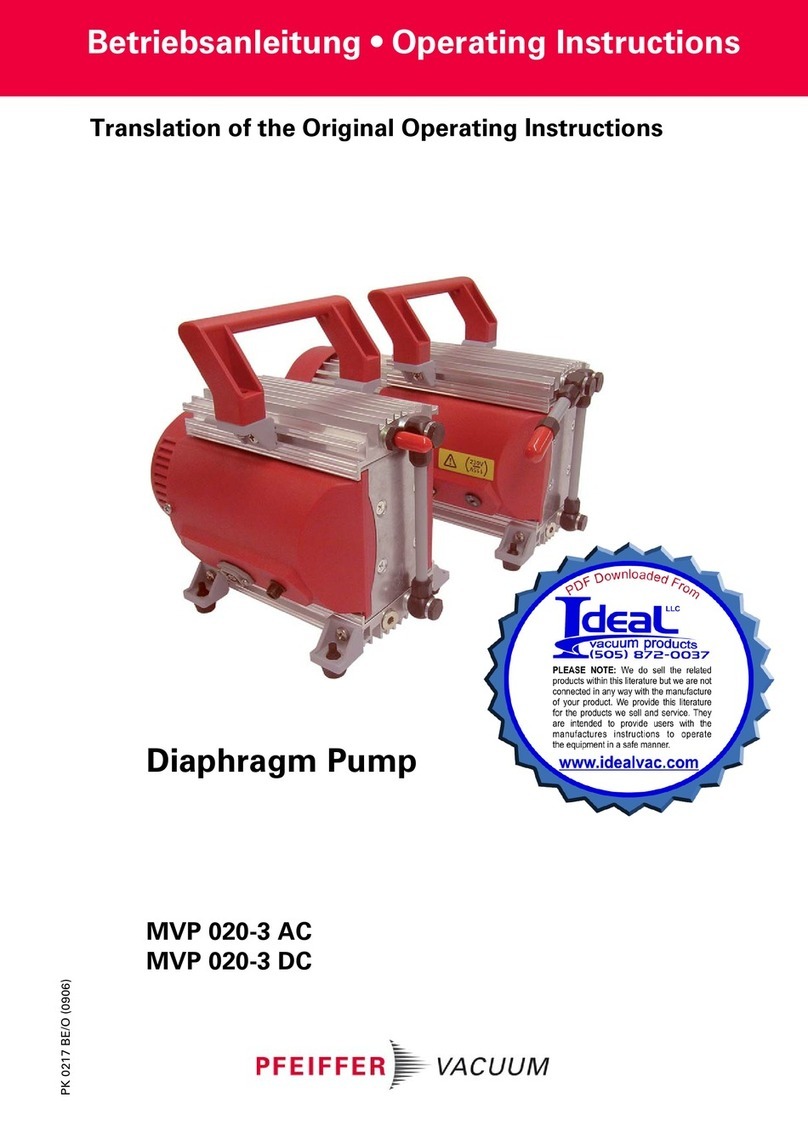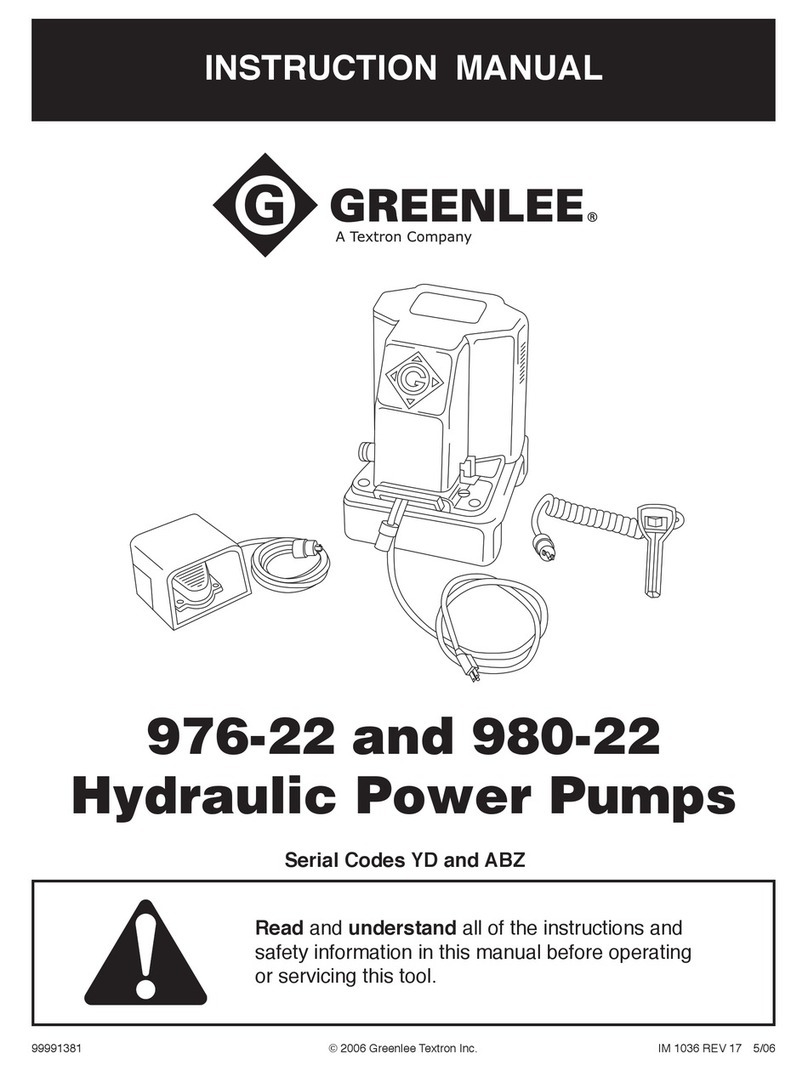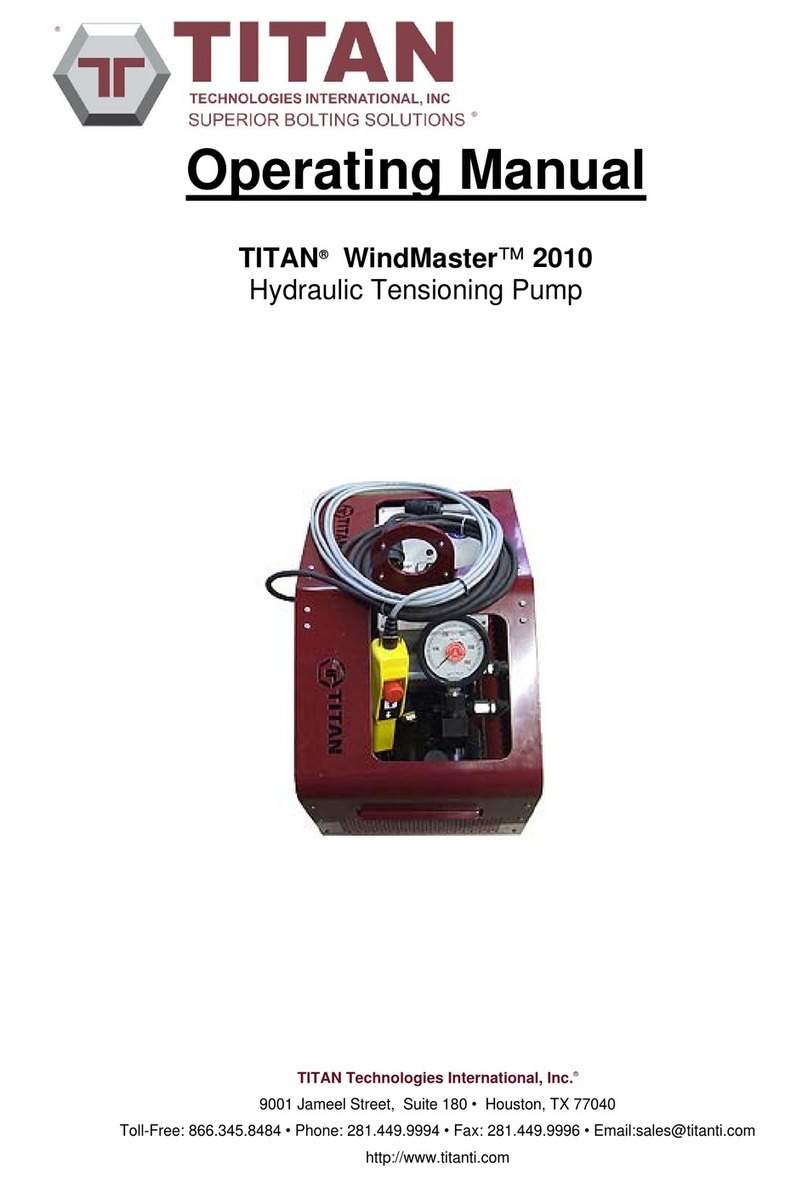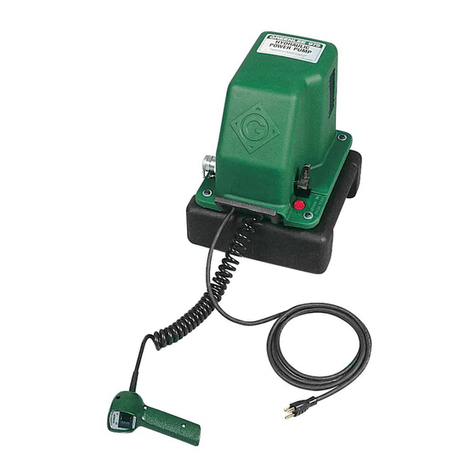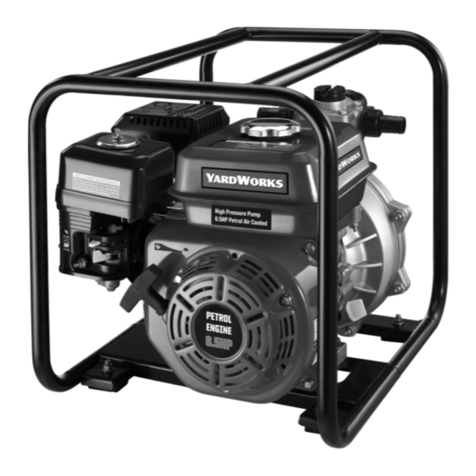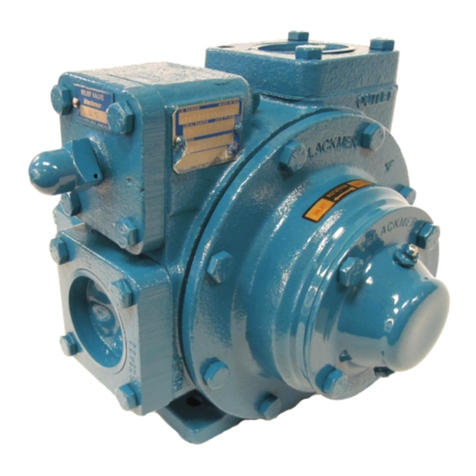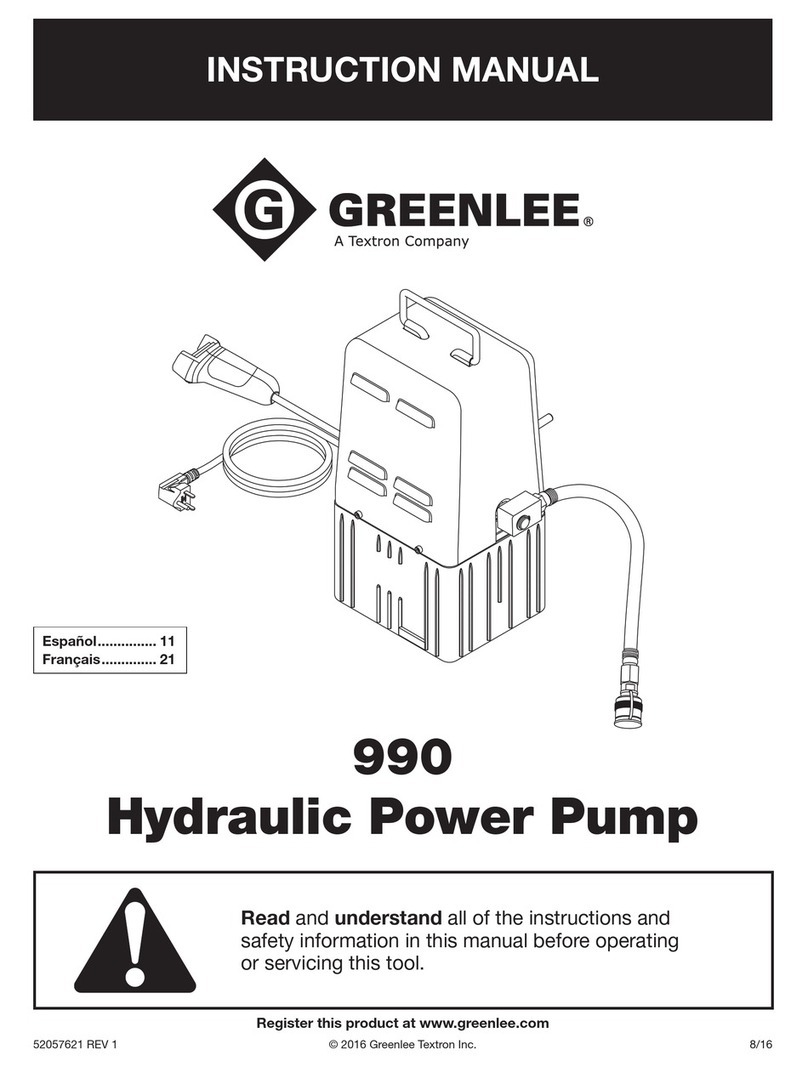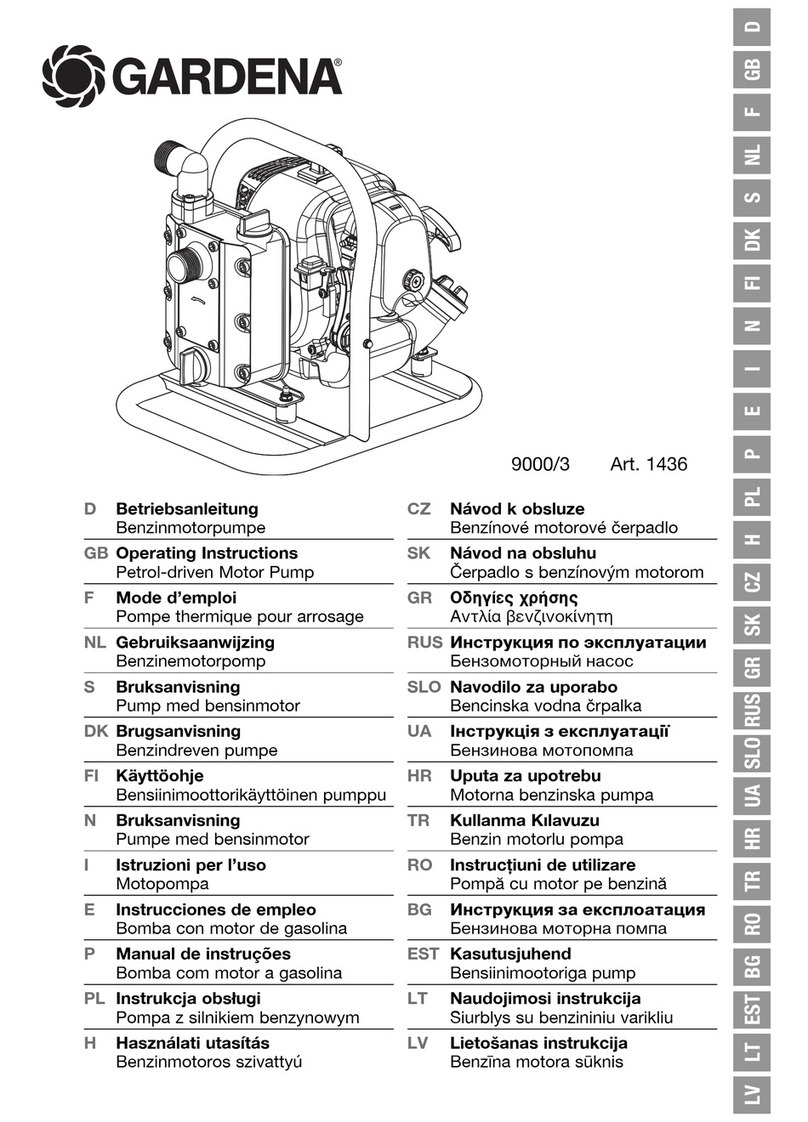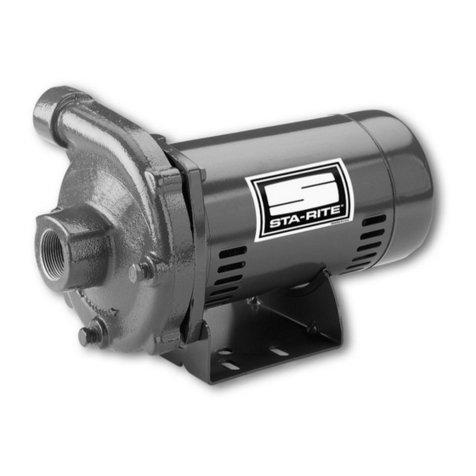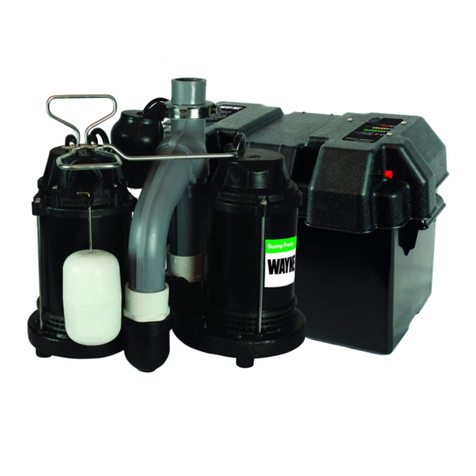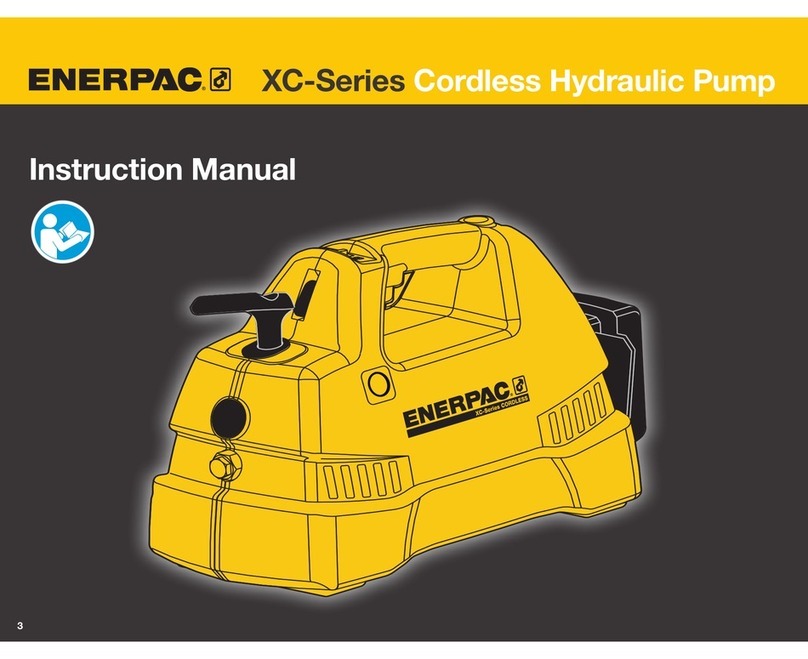A373–10–880 Issue K Original
Instruction Manual
E2M28 and E2M30 Rotary Vacuum Pumps
Description Item Number
E2M28, 100/200 V, 50 Hz or 100-105/200-210 V, 60 Hz, single-phase A373-15-904
E2M28, 115/230 V, 60 Hz, single-phase A373-15-981
E2M28, 200-240 V, 50 Hz, or 230-240 V, 60 Hz, single-phase A373-15-903
E2M28, 200-220/380-415 V, 50 Hz, or 200-230/460 V, 60 Hz, three-phase A373-10-940
E2M28, 200-240 V, 50 Hz, or 230-240 V, 60 Hz, single-phase (Amphenol) A373-16-903
E2M28, 110/200-240 V, 50 Hz, or 115-120/200-230 V, 60 Hz, single-phase A373-17-984
E2M28-FF, 220/240 V, 50 Hz, or 230/240 V, 60 Hz, single-phase A373-25-903
E2M28-FF, 200-220/380-415 V, 50 Hz, or 200-230/460 V, 60 Hz, three-phase A373-21-940
E2M30, 100/200 V, 50 Hz or 100-105/200-210 V, 60 Hz, single-phase A374-15-904
E2M30, 115/230 V, 60 Hz, single-phase A374-15-981
E2M30, 200-240 V, 50 Hz, or 230-240 V, 60 Hz, single-phase A374-15-903
E2M30, 200-220/380-415 V, 50 Hz, or 200-230/460 V, 60 Hz, three-phase A374-10-940

